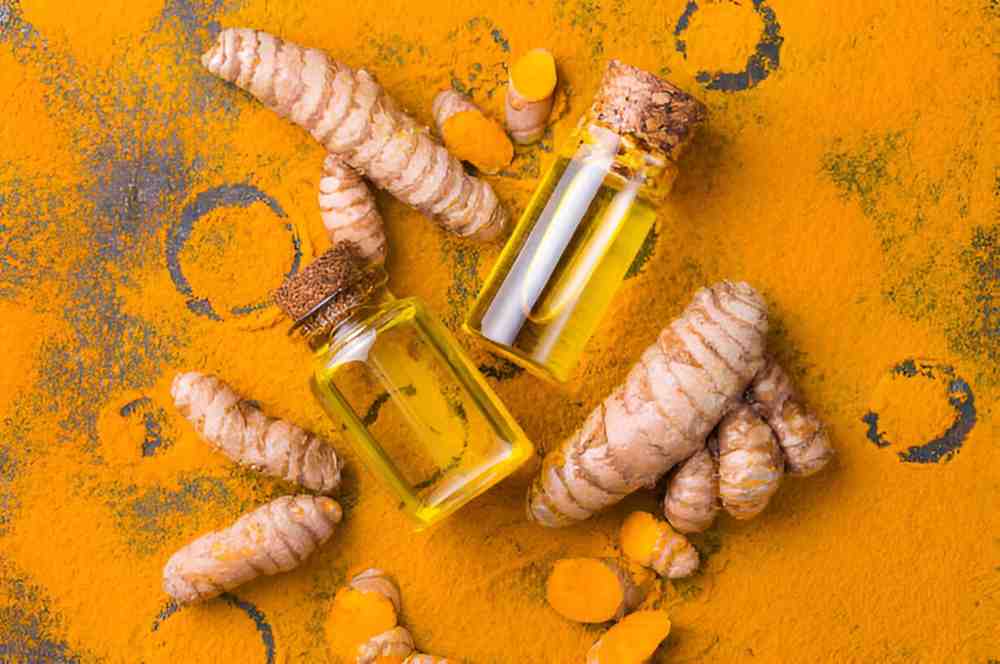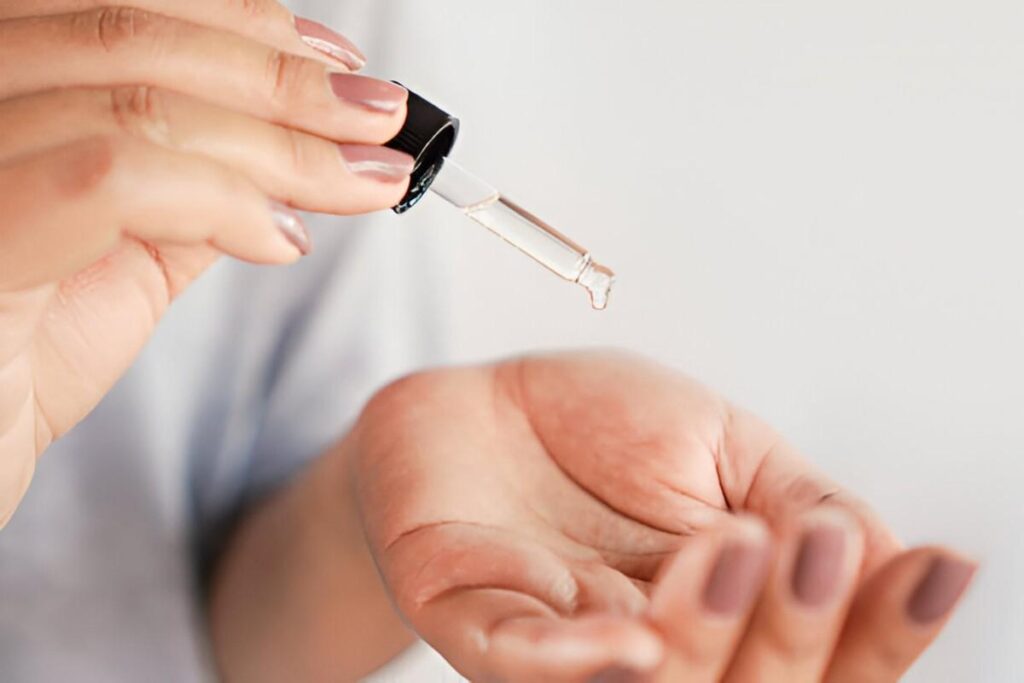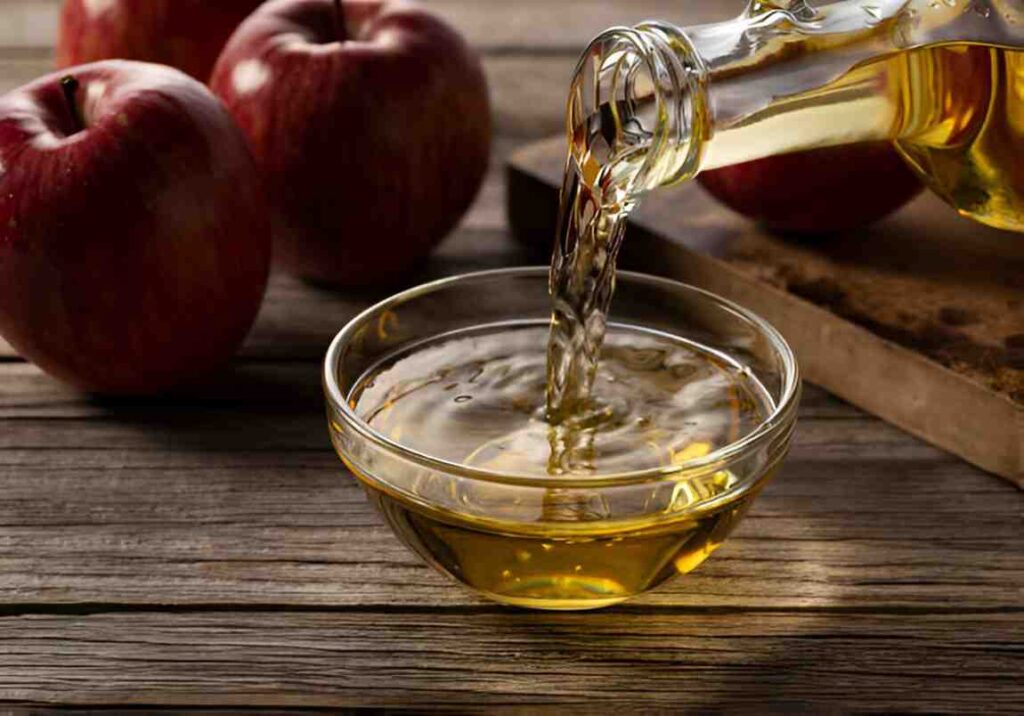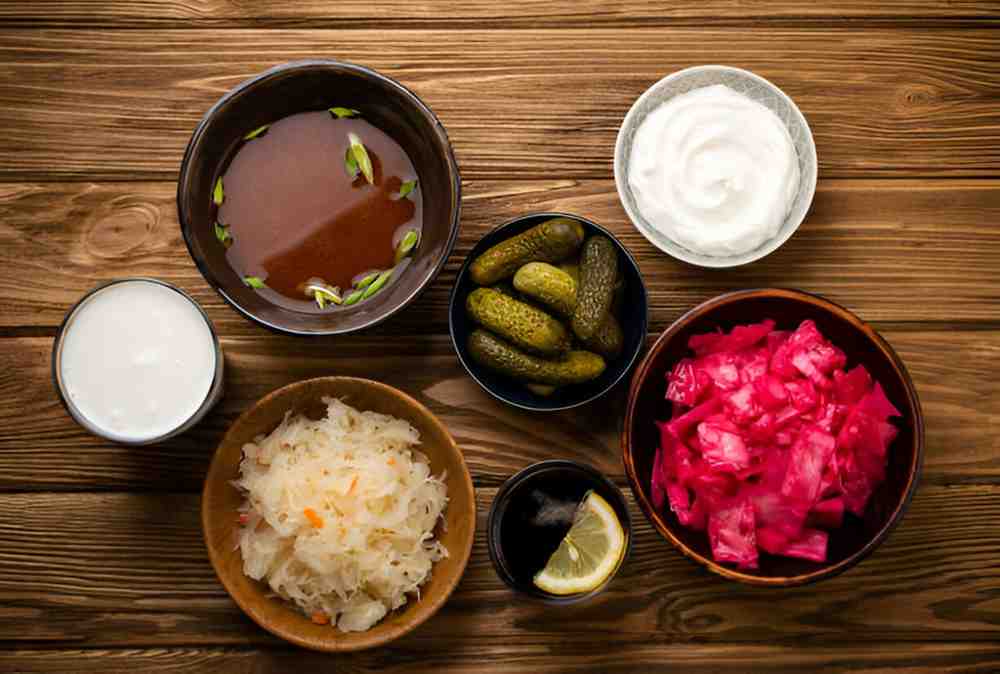Arnica, a member of the daisy family, is a perennial herb renowned for its medicinal properties. Traditionally used in herbal medicine for centuries, arnica offers a range of health benefits, from relieving pain and inflammation to promoting wound healing. Let’s delve into the nutritional values, key health benefits, cautions, and ways to incorporate arnica into your health regimen.
Summary Table
| Compound/Property | Health Benefits |
|---|---|
| Sesquiterpene Lactones | Pain relief, anti-inflammatory effects |
| Flavonoids | Wound healing, relief from insect bites |
| Volatile Oils | Scalp health, hair growth, relief from itching and swelling |
Nutritional Values
Arnica contains various active compounds, including sesquiterpene lactones, flavonoids, and volatile oils. While it is not typically consumed for its nutritional content, these compounds contribute to its therapeutic effects.
Key Health Benefits
- Pain Relief: Arnica is widely used topically to alleviate pain and soreness associated with bruises, sprains, muscle aches, and arthritis. Its anti-inflammatory properties help reduce swelling and discomfort.
- Wound Healing: Arnica promotes the healing of wounds, cuts, and bruises by stimulating blood flow to the affected area and accelerating tissue repair. It may also help reduce the appearance of bruises and minimize scarring.
- Anti-inflammatory Effects: The anti-inflammatory properties of arnica make it effective in reducing inflammation associated with conditions such as osteoarthritis, rheumatoid arthritis, and minor injuries.
- Relief from Insect Bites: Arnica can provide relief from itching, swelling, and inflammation caused by insect bites and stings when applied topically.
- Hair and Scalp Health: Some people use arnica-infused hair products to promote scalp health, stimulate hair growth, and prevent dandruff.
Disease-Specific Uses
While arnica is primarily known for its topical use, some homeopathic practitioners may recommend it for specific health conditions, such as:
- Joint Pain: Arnica may be used topically or orally to alleviate pain and stiffness associated with conditions like osteoarthritis and rheumatoid arthritis.
- Bruising: Arnica is commonly applied topically to reduce bruising and swelling after minor injuries or surgical procedures.
Cautions
Despite its therapeutic benefits, arnica should be used with caution due to potential side effects and contraindications:
- Skin Irritation: Arnica can cause skin irritation, allergic reactions, or dermatitis in some individuals. It’s essential to perform a patch test before applying arnica topically and discontinue use if irritation occurs.
- Oral Consumption: Oral consumption of arnica can be toxic and should be avoided. High doses of arnica may cause nausea, vomiting, dizziness, and even organ damage.
Incorporating Arnica Into Your Routine
Arnica is primarily used topically in the form of creams, gels, ointments, or diluted essential oils. Here are some ways to incorporate arnica into your health routine:
- Topical Applications: Apply arnica gel or cream to affected areas for pain relief, bruise reduction, and wound healing. Follow the instructions on the product label and avoid applying arnica to broken skin.
- Arnica Infused Oil: Dilute arnica essential oil in a carrier oil (such as coconut or jojoba oil) for a soothing massage oil. This can help alleviate muscle tension and promote relaxation.
- Homeopathic Remedies: Some individuals may choose to use arnica as a homeopathic remedy, following the guidance of a qualified practitioner.
Arnica offers a range of health benefits, from relieving pain and inflammation to promoting wound healing and scalp health. While it is primarily used topically, arnica should be used with caution due to potential side effects and contraindications. By incorporating arnica into your health regimen responsibly, you can harness its therapeutic properties and support your overall well-being. However, it’s always advisable to consult with a healthcare professional before using arnica, especially if you have underlying health conditions or are pregnant or breastfeeding.





